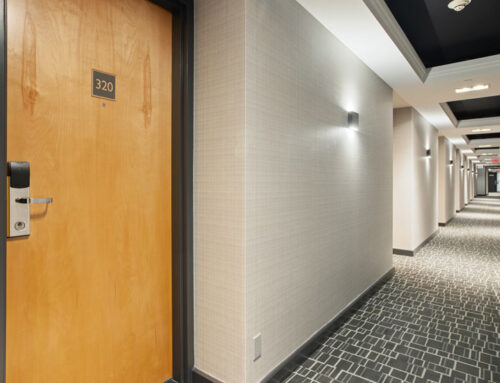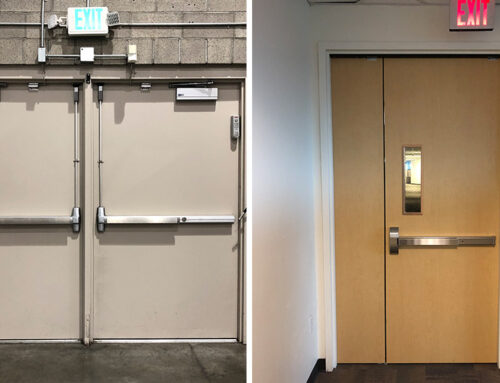Access control may seem simple. You give people who need access the ability to get into the building, and that’s it, right? Businesses, their staff, and access needs are always changing. Deciding who gets to grant and give access and to what is very important to maintain security. The main three types of access control systems have a different approach to these challenges. Which kind is right for your business? That depends on your needs. Let’s discuss what you need to know to make your decision.
Discretionary Access Control (DAC)
This access control system type gives one user complete discretion as to who has access to what. This is typically best for smaller organizations where one person can keep track of everyone who needs access to the building. This person also needs to have the time to manage this system regularly, or it will be vulnerable to misuse.
If you are using a DAC system, you will set security-level settings for all other users. Your permissions may be inherited by other programs that your company uses, which could mean that your permissions could be used maliciously if you don’t have safeguards in place to protect them. And, if you give another person access to your account, they can make changes that you may then not be aware of.
Managed Access Control (MAC)
Managed access control systems are more complicated but also more secure. Most commonly, MAC systems are used by organizations that need to have multiple levels of access. So, it’s about more than just who can get through one set of doors or into one facility. You might have multiple facilities or multiple levels of security within one building.
With MAC there are both owners and custodians of specific access points. The owner designates who can gain access and also creates custodians who can do the same. Owners can revoke custodians and can keep track of the permissions that they grant. Each person in the MAC system is managed on an individual level, which means it is possible to grant people of the same rank different access to different areas. This is useful for militaries and similarly large and high-security organizations.
Role-Based Access Control (RBAC)
Role-based access control is more common in a corporate or commercial environment than MAC systems. They are more complex and secure than DAC systems but more convenient to manage than MAC. In a RBAC system you can create roles, such as “employee” and “guest,” or more specific employee tags such as “manager,” “janitor,” or “accounting.” Each role has specific access granted to it, so there is no need to manage individuals. It is easier to add people to this system and upgrade their access when they gain additional roles. However, if you need to manage an individual’s access, this system isn’t the wisest.
Need Professional Guidance?
If you’re not sure which kind of access control will best meet your needs and help your business stay secure but functional, the team at CLAD can help. Learn more about our access control systems or contact us today.







